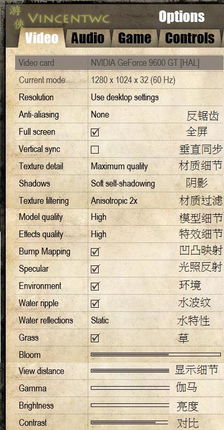来源:小编 更新:2024-11-30 08:48:15
用手机看
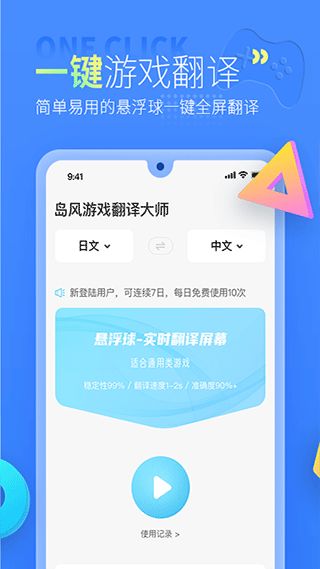
With the globalization of the gaming industry, the need for accurate and culturally relevant game translations has become more crucial than ever. As developers and publishers aim to expand their reach to a global audience, the quality of translation can significantly impact the success of a game. This article delves into the world of game translation, exploring its importance, challenges, and the tools and professionals involved in this dynamic field.

One of the primary reasons for game translation is to facilitate the globalization of the gaming industry. By translating games into different languages, developers and publishers can tap into new markets and reach a broader audience. This not only increases revenue potential but also fosters cultural exchange and understanding. A well-translated game can resonate with players from diverse backgrounds, enhancing the overall gaming experience.
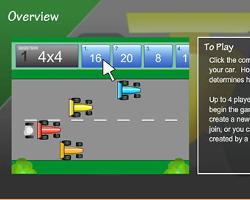
Game translation is not just about converting words from one language to another. It involves navigating complex challenges such as cultural nuances, idiomatic expressions, and technical terminology. Additionally, the translation must maintain the original game's tone, humor, and emotional impact. Here are some of the key challenges faced by game translators:
Cultural Adaptation: Translators must ensure that cultural references and idioms are accurately translated or adapted to the target language's culture.
Technical Terminology: Games often use specialized terminology that needs to be translated accurately to avoid confusion.
Formatting and Layout: Translating text while maintaining the original game's layout and formatting can be challenging.
Emotional Impact: Translators must convey the same emotional tone and impact as the original text.
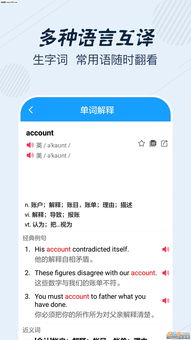
Advancements in technology have made game translation more efficient and accurate. Here are some of the tools and technologies commonly used in the field:
Machine Translation: Tools like Google Translate and SDL Trados Studio can help with initial translations, although they often require human intervention for accuracy.
Translation Memory: Software like SDL Trados Studio and memoQ allows translators to store and reuse previously translated segments, improving consistency and efficiency.
Terminology Management: Tools like SDL MultiTerm and memoQ help maintain consistency in technical terminology across translations.

While technology plays a significant role in game translation, the expertise of professional translators is invaluable. Professional translators have the skills and knowledge to handle the unique challenges of game translation, ensuring that the translated content is accurate, culturally relevant, and engaging. Here are some key qualities of a skilled game translator:
Language Proficiency: Excellent command of both the source and target languages.
Cultural Understanding: Knowledge of the target culture to ensure accurate cultural adaptation.
Technical Knowledge: Familiarity with gaming industry terminology and concepts.
Attention to Detail: Ability to maintain consistency and accuracy throughout the translation process.

As the gaming industry continues to grow, the demand for high-quality game translations will only increase. The future of game translation may see further advancements in machine learning and artificial intelligence, potentially improving the accuracy and efficiency of translations. However, the human touch will always be essential in ensuring that games resonate with players from around the world.
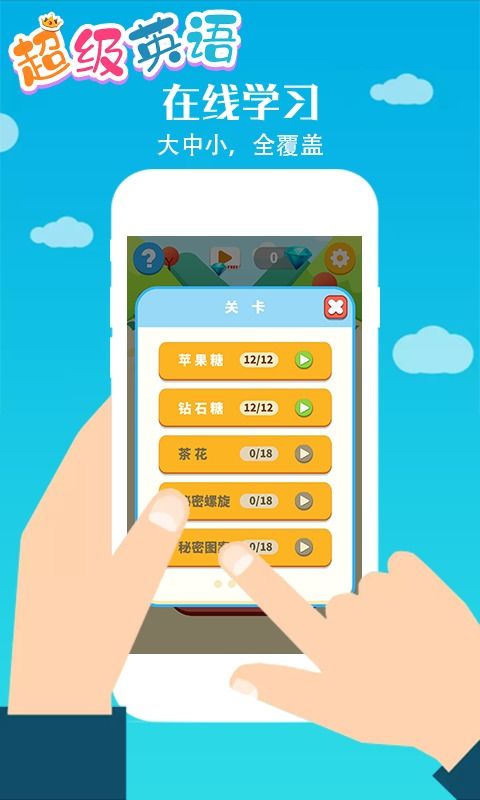
Game translation is a critical component of the gaming industry's globalization. By overcoming the challenges of cultural adaptation, technical terminology, and emotional impact, professional translators and advanced technologies are working together to bring high-quality, engaging games to players worldwide. As the industry evolves, the importance of accurate and culturally relevant translations will remain a cornerstone of success.
